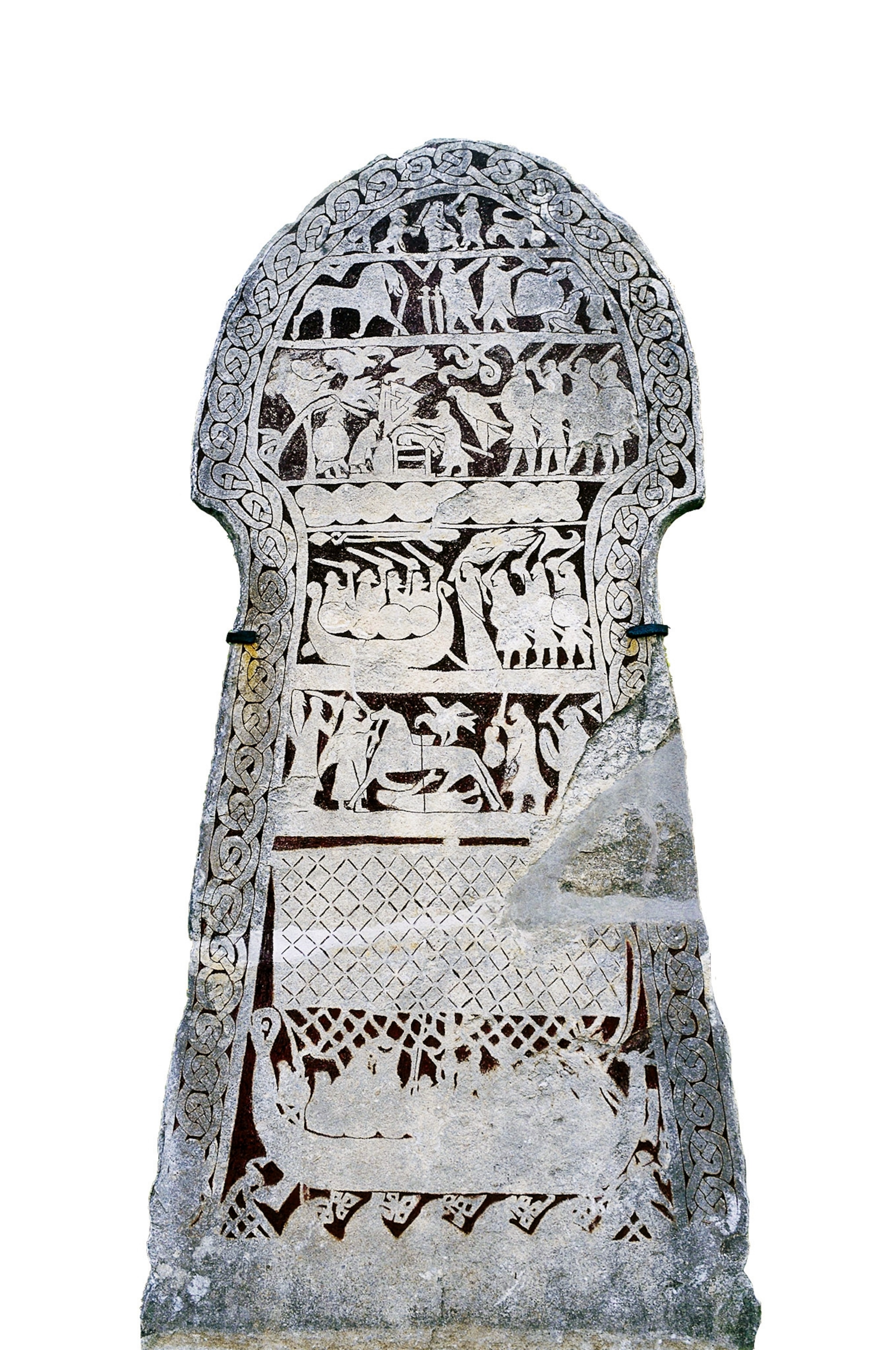Lyon, France’s undisputed capital of gastronomy, offers a culinary experience that stretches far beyond its Michelin-starred temples. At the heart of its identity lie the bouchons: traditional, unpretentious restaurants that serve as a living tribute to the city’s working-class history. Found in the cosy, older quarters like La Croix-Rousse and Presqu’Île, these intimate dining halls are defined by their rustic décor—think checkered tablecloths, retro posters, and battered copper—and their dedication to hearty, high-calorie Lyonnaise cuisine. To dine at a bouchon is to participate in a convivial, loud, and genuine tradition, savouring classics such as plump quenelles de brochet or piquant salade Lyonnaise. These are the natural havens for big appetites and even bigger camaraderie, often accompanied by generous carafes of local Beaujolais or Côtes du Rhône in a traditional pot Lyonnais.
The Anatomy of a Bouchon: Rustic Charm and Conviviality
The moment a diner steps across the threshold of a true bouchon, they are transported back to a simpler, more rustic era of French dining. These restaurants, concentrated in the central Presqu’Île district, sandwiched between the Rhône and Saône rivers, and the arty hillsides of La Croix-Rousse, maintain an atmosphere deliberately designed for warmth and fellowship. The classic bouchon ambiance is defined by its worn wooden furnishings, simple lacy café curtains, vintage photographs of old Lyon, and often-crowded banquettes that force diners into neighbourly proximity.

This convivial atmosphere is not an accident; it is the very essence of the tradition. Bouchons are places for locals to gather in groups, where tables are often set close together to foster a shared, celebratory dining experience. The experience is often loud, always friendly, and completely unpretentious. The wine is typically served in a pot Lyonnais—a heavy-bottomed, traditional glass carafe—encouraging generosity and a relaxed pace. This focus on atmosphere and hospitality is deemed as important as the food itself, making the bouchon a holistic cultural symbol of the city.
A History Forged by Silk Workers: The Canuts’ Legacy
The origins of the bouchon are rooted in the industrial history of Lyon, specifically the 17th century, when the city’s silk industry was booming. These initial eateries served as refuelling stations for the canuts, the city’s famed silk workers, who needed quick, calorie-dense, and inexpensive meals to sustain their long, physically demanding hours at the looms. The term “bouchon” itself is believed by some etymologists to derive from the bundles of twisted straw used to “stop” or clean wineskins, or possibly from the bundles of straw innkeepers once hung outside to signal their service.

This working-class heritage is why the menu remains unapologetically focused on offal and hearty preparations. Dishes such as tripe stews, andouillette (a pungent tripe sausage), and calf’s head (tête de veau) are staples, providing the energy manual workers required. Even the lighter fare, like cervelle de canut (literally “silk worker’s brain”), which is a soft, herb-laced cheese spread served with crusty bread, speaks to this history of resourceful, honest cooking. While some bouchons have inevitably spawned more contemporary, fine-dining offshoots, the genuine article remains a humble, rustic space dedicated to homemade, local cuisine.
Decoding the Classics: The Essential Lyonnaise Menu
The cuisine served in a bouchon is distinct, unapologetically rich, and a masterclass in utilizing local ingredients and time-honoured French cooking methods. It is a world away from the delicate, subtle sauces of Paris; Lyonnaise food is bold, buttery, and satisfying. To truly experience the city’s gastronomic soul, one must dive into a few essential dishes that define the bouchon menu.

Perhaps the most famous starter is the salade Lyonnaise, a deceptively simple dish of frisée lettuce, crisp bacon lardons, crunchy croutons, and a perfect poached egg whose rich yolk becomes a natural dressing. For the main course, the quenelles de brochet are essential: delicate pike fish dumplings, often baked until golden and served in a creamy, buttery Nantua sauce made from freshwater crayfish. Another signature, especially during the colder months, is saucisson chaud Lyonnais, a warm, rich pork sausage typically served sliced thick alongside tender, small green lentils. These dishes, along with others like the poached œufs en meurette (eggs in a rich red wine sauce with bacon and mushrooms), form the cornerstone of this rich regional gastronomy.
The Seal of Authenticity: Distinguishing the Genuine Bouchon
As Lyon’s reputation as a culinary destination grew, so did the number of imitation restaurants, or “fake bouchons,” seeking to capitalize on the name. To protect this vital piece of their cultural heritage, the city formally created the ‘Les Bouchons Lyonnais’ distinction in 2013. This official certification is an essential guide for visitors seeking an authentic experience.

Restaurants awarded the distinction must meet a strict criterion covering three main areas: the menu must feature the classic dishes of Lyonnaise tradition; the quality of ingredients must be high and sourced locally where possible; and the ambiance must remain genuinely rustic and convivial. The recognized establishments proudly display a sticker on their door or window featuring Gnafron, Lyon’s iconic, wine-loving marionette character. Looking for this seal ensures that diners are supporting the continuation of this authentic culinary tradition.
Curated Culinary Journeys: A Tour of Lyon’s Finest
The city boasts a strong roster of authentic bouchons, each adding its own unique flavour or history to the Lyonnaise tradition. For those seeking the high standards of a culinary master, Les Fines Gueules is an instant classic, founded by Joël Salzi, who trained under the legendary Lyonnais chef Paul Bocuse. Its menu showcases elevated classics like oxtail terrine and veal andouillette finished with a creamy mustard sauce, all perfectly paired with wines from small local vintners in Beaujolais and the Rhône Valley.
Alternatively, La Meunière, an institution more than a century old, perfectly balances history with subtle modernity. While maintaining classics like pâté en croute and the formidable tête de veau, Chef Olivier Canal boldly serves new favorites, such as crispy pork-trotter nuggets and pike quenelle fries, appealing to both purists and those with a taste for refinement. For unadulterated nostalgia, Cafe Comptoir Brunet offers a menu steeped in tradition—including tripe, sweetbreads, and Burgundy snails—and must not be missed for its seasonal Brunet gateau, a pound cake laced with Lyon’s famed pink pralines.

Finally, for dessert lovers, Le Casse Museau is a must-visit, with its quintessential old-fashioned charm and simple wooden tables. While the flank steak bathed in melting Saint-Marcellin cheese and the pork cheek stew are stellar, the ultimate indulgence is the warm praline tart, a spectacular confection of buttery, shattering crust and a centre filled with glistening pink praline syrup. These unique stops confirm that the bouchon experience is a dynamic, delicious, and deeply personal journey into the very soul of French regional cooking.




